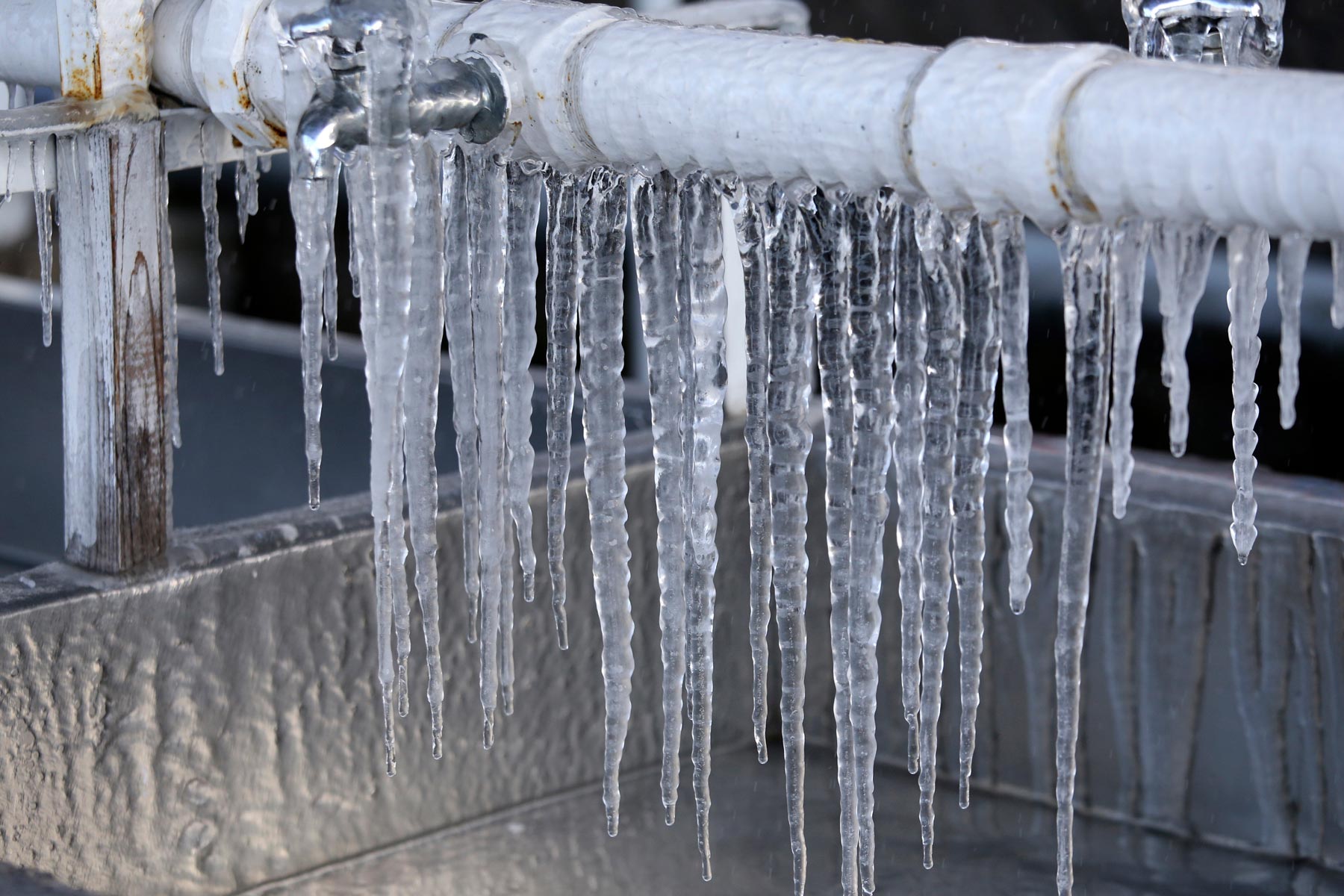Protect Against Frozen Pipes in Winter: Pro Tips
Protect Against Frozen Pipes in Winter: Pro Tips
Blog Article
Are you currently looking for help about 6 Ways to Prevent Frozen Pipes?

Cold weather can wreak havoc on your plumbing, specifically by freezing pipelines. Right here's how to stop it from taking place and what to do if it does.
Introduction
As temperature levels decline, the danger of icy pipelines increases, potentially resulting in costly repair work and water damage. Understanding just how to prevent icy pipelines is crucial for property owners in cold environments.
Prevention Tips
Shielding prone pipelines
Wrap pipelines in insulation sleeves or utilize warmth tape to safeguard them from freezing temperature levels. Focus on pipelines in unheated or outside areas of the home.
Home heating strategies
Keep interior spaces appropriately heated up, specifically locations with pipes. Open closet doors to enable cozy air to distribute around pipes under sinks.
How to identify icy pipelines
Try to find lowered water circulation from taps, unusual smells or sounds from pipelines, and visible frost on subjected pipes.
Long-Term Solutions
Architectural changes
Think about rerouting pipes away from exterior walls or unheated locations. Add added insulation to attic rooms, cellars, and crawl spaces.
Upgrading insulation
Purchase top quality insulation for pipelines, attics, and wall surfaces. Correct insulation aids preserve regular temperature levels and minimizes the threat of icy pipelines.
Securing Outdoor Pipes
Garden hose pipes and outside faucets
Disconnect and drain garden hose pipes before winter. Set up frost-proof spigots or cover exterior taps with shielded caps.
Comprehending Icy Pipelines
What triggers pipelines to freeze?
Pipelines ice up when subjected to temperatures below 32 ° F (0 ° C) for extended durations. As water inside the pipes ices up, it broadens, taxing the pipe walls and potentially causing them to rupture.
Dangers and problems
Icy pipes can lead to water disturbances, residential property damages, and costly repairs. Burst pipelines can flooding homes and create substantial structural damage.
Indicators of Frozen Pipes
Determining icy pipes early can stop them from breaking.
What to Do If Your Pipes Freeze
Immediate activities to take
If you suspect frozen pipelines, maintain faucets open up to soothe pressure as the ice melts. Utilize a hairdryer or towels soaked in warm water to thaw pipelines slowly.
Final thought
Avoiding frozen pipelines needs positive measures and quick reactions. By comprehending the reasons, indications, and preventive measures, property owners can protect their pipes during cold weather.
5 Ways to Prevent Frozen Pipes
Drain Outdoor Faucets and Disconnect Hoses
First, close the shut-off valve that controls the flow of water in the pipe to your outdoor faucet. Then, head outside to disconnect and drain your hose and open the outdoor faucet to allow the water to completely drain out of the line. Turn off the faucet when done. Finally, head back to the shut-off valve and drain the remaining water inside the pipe into a bucket or container. Additionally, if you have a home irrigation system, you should consider hiring an expert to clear the system of water each year.
Insulate Pipes
One of the best and most cost-effective methods for preventing frozen water pipes is to wrap your pipes with insulation. This is especially important for areas in your home that aren’t exposed to heat, such as an attic. We suggest using foam sleeves, which can typically be found at your local hardware store.
Keep Heat Running at 65
Your pipes are located inside your walls, and the temperature there is much colder than the rest of the house. To prevent your pipes from freezing, The Insurance Information Institute suggests that you keep your home heated to at least 65 degrees, even when traveling. You may want to invest in smart devices that can keep an eye on the temperature in your home while you’re away.
Leave Water Dripping
Moving water — even a small trickle — can prevent ice from forming inside your pipes. When freezing temps are imminent, start a drip of water from all faucets that serve exposed pipes. Leaving a few faucets running will also help relieve pressure inside the pipes and help prevent a rupture if the water inside freezes.
Open Cupboard Doors
Warm your kitchen and bathroom pipes by opening cupboards and vanities. You should also leave your interior doors ajar to help warm air circulate evenly throughout your home.

I'm very fascinated with Winter Plumbing Precautions: Preventing Frozen Pipes and I hope you liked the article. Sharing is caring. You never know, you may just be doing someone a favor. We take joy in your readership.
Get Quote Now Report this page